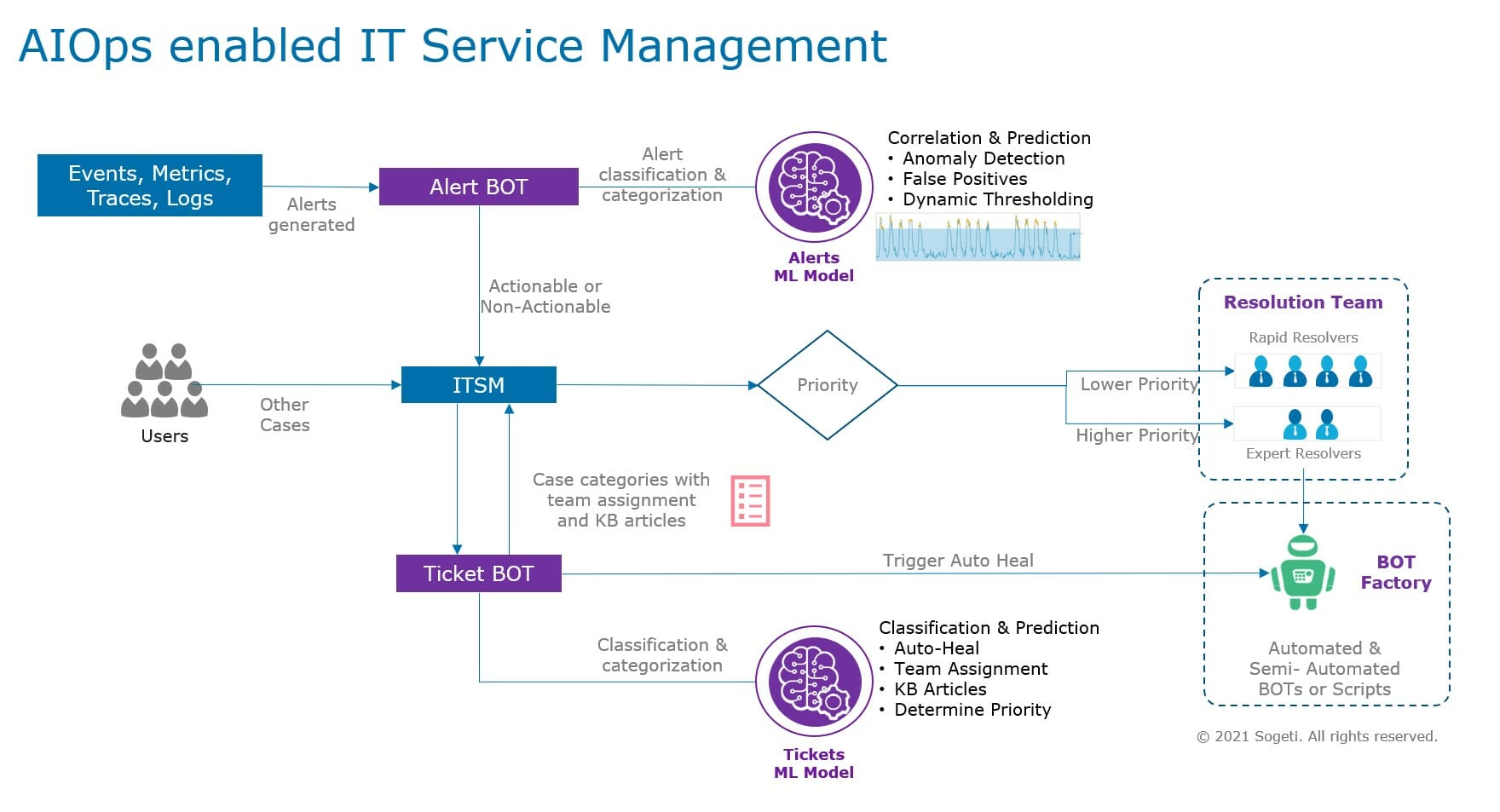
This article examines the ethics of Artificial Intelligence. Machine Learning is also discussed. It also explores how AI can be used to improve artistic creation. A panel consisting of experts moderated discussion. The presentation featured student presenters answering questions about AI's philosophy, affordances and agency. This article will also discuss the ethical and practical aspects of AI within the art world.
Artificial Intelligence
AI has made it possible to create high-performance algorithms and tools. But this is just one benefit. This is a great change for art and opens up new creative possibilities. AI in art, design, and other fields holds great promise and has a bright future. But, the question is: Will we be able accept it? The answers vary greatly. But some participants believe that AI should be recognized for its artistic achievements.

Machine learning
Although we cannot say that AI will replace artists entirely, artificial intelligence will enable them to do more than their natural abilities. While some tasks will require the assistance of human artists, AI is an invaluable tool that digital artists can use to generate new ideas and enhance their skills. This article will highlight some of ways AI can be used to improve the art-production process. The final decision is up to the artist to use AI in their artwork.
Artistic creation
AI tools that create art are not new. Some examples of AI artworks are as old as the 1960s. These works emphasize the idea and process, rather than the finished product. The Lumen Prize was awarded to technology art for "The Butcher's Son". These tools allow AI artists to create artworks using their own selection of images. It is possible to collaborate between machine and artist. Artworks produced with AI tools will have an enduring appeal.
Ethics
Arts and humanities have long grappled with the ethical questions that AI raises. However, big tech has also interfered in the ethical landscape, reducing ethics and promoting corporate PR. In the AI world, arts and humanities should regain a broad understanding of ethics. AI will have significant implications for social power, and will have far-reaching consequences on how we live our life. Although many traditions of the humanities remain skeptical about ethics, they must confront the terrible realities of our present.

Creative process has an impact
In recent years, artificial intelligence (AI), has been a popular way to create art. Although artificial intelligence can be an excellent tool for artists from all types, some people argue that it is not the best tool to help them create. Artificial intelligence, also called a virtual assistant, can produce different results than a human artist. The process of creating art might need to be reengineered in order to produce the same creative outputs as the human creator.
FAQ
How does AI work?
An algorithm is a set or instructions that tells the computer how to solve a particular problem. An algorithm can be described as a sequence of steps. Each step has a condition that determines when it should execute. A computer executes each instructions sequentially until all conditions can be met. This continues until the final result has been achieved.
Let's take, for example, the square root of 5. It is possible to write down every number between 1-10, calculate the square root for each and then take the average. This is not practical so you can instead write the following formula:
sqrt(x) x^0.5
This means that you need to square your input, divide it with 2, and multiply it by 0.5.
Computers follow the same principles. It takes your input, multiplies it with 0.5, divides it again, subtracts 1 then outputs the result.
Where did AI come?
The idea of artificial intelligence was first proposed by Alan Turing in 1950. He suggested that machines would be considered intelligent if they could fool people into believing they were speaking to another human.
John McCarthy wrote an essay called "Can Machines Thinking?". He later took up this idea. In 1956, McCarthy wrote an essay titled "Can Machines Think?" In it, he described the problems faced by AI researchers and outlined some possible solutions.
Which countries are leaders in the AI market today, and why?
China is the leader in global Artificial Intelligence with more than $2Billion in revenue in 2018. China's AI industry includes Baidu and Tencent Holdings Ltd. Tencent Holdings Ltd., Baidu Group Holding Ltd., Baidu Technology Inc., Huawei Technologies Co. Ltd. & Huawei Technologies Inc.
China's government is heavily involved in the development and deployment of AI. The Chinese government has created several research centers devoted to improving AI capabilities. These centers include the National Laboratory of Pattern Recognition and the State Key Lab of Virtual Reality Technology and Systems.
Some of the largest companies in China include Baidu, Tencent and Tencent. All these companies are active in developing their own AI strategies.
India is another country that is making significant progress in the development of AI and related technologies. The government of India is currently focusing on the development of an AI ecosystem.
Are there any risks associated with AI?
It is. There will always be. AI could pose a serious threat to society in general, according experts. Others argue that AI is not only beneficial but also necessary to improve the quality of life.
AI's potential misuse is the biggest concern. AI could become dangerous if it becomes too powerful. This includes robot overlords and autonomous weapons.
AI could eventually replace jobs. Many people fear that robots will take over the workforce. However, others believe that artificial Intelligence could help workers focus on other aspects.
Some economists even predict that automation will lead to higher productivity and lower unemployment.
How does AI function?
An artificial neural network is composed of simple processors known as neurons. Each neuron processes inputs from others neurons using mathematical operations.
Neurons are organized in layers. Each layer has a unique function. The first layer receives raw data like sounds, images, etc. It then passes this data on to the second layer, which continues processing them. The final layer then produces an output.
Each neuron has its own weighting value. This value is multiplied when new input arrives and added to all other values. If the number is greater than zero then the neuron activates. It sends a signal down the line telling the next neuron what to do.
This cycle continues until the network ends, at which point the final results can be produced.
How do AI and artificial intelligence affect your job?
AI will replace certain jobs. This includes taxi drivers, truck drivers, cashiers, factory workers, and even drivers for taxis.
AI will create new jobs. This includes business analysts, project managers as well product designers and marketing specialists.
AI will make your current job easier. This includes jobs like accountants, lawyers, doctors, teachers, nurses, and engineers.
AI will improve the efficiency of existing jobs. This includes jobs like salespeople, customer support representatives, and call center, agents.
What is AI and why is it important?
It is expected that there will be billions of connected devices within the next 30 years. These devices will include everything from cars to fridges. The Internet of Things (IoT) is the combination of billions of devices with the internet. IoT devices will be able to communicate and share information with each other. They will also be able to make decisions on their own. A fridge might decide to order more milk based upon past consumption patterns.
It is predicted that by 2025 there will be 50 billion IoT devices. This is a huge opportunity to businesses. It also raises concerns about privacy and security.
Statistics
- While all of it is still what seems like a far way off, the future of this technology presents a Catch-22, able to solve the world's problems and likely to power all the A.I. systems on earth, but also incredibly dangerous in the wrong hands. (forbes.com)
- Additionally, keeping in mind the current crisis, the AI is designed in a manner where it reduces the carbon footprint by 20-40%. (analyticsinsight.net)
- The company's AI team trained an image recognition model to 85 percent accuracy using billions of public Instagram photos tagged with hashtags. (builtin.com)
- More than 70 percent of users claim they book trips on their phones, review travel tips, and research local landmarks and restaurants. (builtin.com)
- A 2021 Pew Research survey revealed that 37 percent of respondents who are more concerned than excited about AI had concerns including job loss, privacy, and AI's potential to “surpass human skills.” (builtin.com)
External Links
How To
How to set Alexa up to speak when charging
Alexa, Amazon's virtual assistant, can answer questions, provide information, play music, control smart-home devices, and more. It can even speak to you at night without you ever needing to take out your phone.
Alexa is your answer to all of your questions. All you have to do is say "Alexa" followed closely by a question. With simple spoken responses, Alexa will reply in real-time. Alexa will also learn and improve over time, which means you'll be able to ask new questions and receive different answers every single time.
You can also control lights, thermostats or locks from other connected devices.
You can also tell Alexa to turn off the lights, adjust the temperature, check the game score, order a pizza, or even play your favorite song.
Alexa can talk and charge while you are charging
-
Open Alexa App. Tap the Menu icon (). Tap Settings.
-
Tap Advanced settings.
-
Choose Speech Recognition
-
Select Yes, always listen.
-
Select Yes, you will only hear the word "wake"
-
Select Yes, and use a microphone.
-
Select No, do not use a mic.
-
Step 2. Set Up Your Voice Profile.
-
You can choose a name to represent your voice and then add a description.
-
Step 3. Step 3.
After saying "Alexa", follow it up with a command.
Example: "Alexa, good Morning!"
Alexa will respond if she understands your question. For example, John Smith would say "Good Morning!"
Alexa will not respond to your request if you don't understand it.
-
Step 4. Restart Alexa if Needed.
If necessary, restart your device after making these changes.
Notice: You may have to restart your device if you make changes in the speech recognition language.